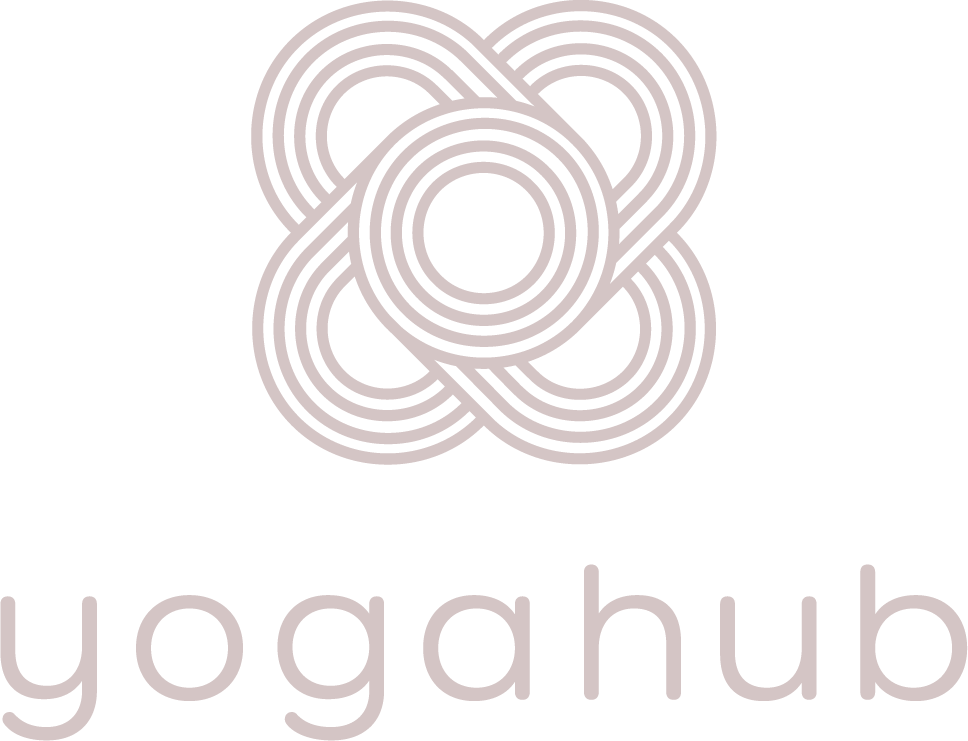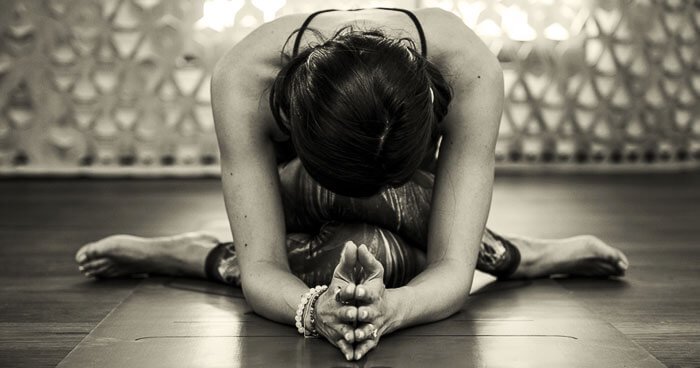“I want to know if you can sit with pain, mine or your own, without moving to hide it, or fade it, or fix it”
I taught a yin yoga class recently, and at the end one of the first-timers came to ask me about the difference between yin yoga and restorative yoga. She had been practising yin for a while but was a wee bit surprised because the other yin classes she had done were ‘very different’ and ‘much easier’! ☺ It’s funny, as I was planning on writing my next blog post on this very topic, and it was like a gentle reminder from the universe that some clarity might be welcome.
In Dublin of late yin yoga seems to be exploding, and this is by and large a positive development. In what is largely a flow-fuelled yoga world, yin yoga is introducing students to the other half of the asana practice, opening some students’ hearts and minds to a meditation practice, and encouraging a few to explore the transformative nature of yin from a psychological perspective. The benefits are immense; Anatomically, students target tissues that their yang practices don’t enable them to access. Energetically, they tap into the wisdom of Traditional Chinese Medicine through targeting of meridian lines. Psychologically, they can come to an acute understanding that what we resist in this life will persist.
Yin is a simple practice, but simple does not necessarily mean easy. At first glance it may certainly look easy. And it is clear that many teachers see it as a lovely addition to their offering. But while there will always be the naturals – those rare teachers who have the sensitivity and ability to transmit with little knowledge of the content, for many the result is inauthentic and misleading; yin ends up merging with restorative, target areas are absent and rebounds are omitted. I recently learned that some teachers had done a training offered in Dublin with zero practice component – something that I just can’t fathom for the life of me. Overall, the result is a gradual dilution of a practice whose potency eludes both those who practise, and those who teach.
The beauty of yin is in its simplicity. There are really only three core tenets to this practice:
- Come into the pose to an appropriate depth – Aesthetics have little place in a yin yoga class so we are not concerned with what this depth looks like, but we have to teach students to inhabit their bodies more so that they can feel what this ‘edge’ is for them.
- Resolve to remain still – A goal, an aspiration, and an invitation to students to explore their relationship to discomfort. If we ask students to remain still at a place of some discomfort it is not to be cruel, and it is certainly not when there is pain in question. The ultimate benefit is in seeing how difficulty can be transformative.
- Hold the pose for time – This is up for discussion, but often 3 minutes is on the short side, and many students can benefit more from 5-6 minutes and even up to 10, in certain poses and on certain occasions- especially with lower body yin yoga poses.
To these three I would add two more (thank you Paul Grilley’s lineage!) which I consider essential;
- Mention the target area of the pose – Because if we don’t direct students to the area in the body which the pose is targeting we risk robbing them of the physiological benefits – This is where a knowledge of skeletal variation and what ‘stops’ students from moving further into a pose (thank you Bernie Clark!) is essential so you can give your students some guidance on how to hit the spot.
- Include rebounds – Now I am very willing to accept that I am particularly fond of this as savasana is included in between postures in the Bikram yoga floor series too. Nevertheless, personal fondness aside, the facts are plain and simple – the rebounds give us time and space to observe subtle movements or changes in the body and thereby fine-tune our attention. The body is always in the present moment so it must be through the senses that we connect more deeply with our awareness.
I’ll conclude with this; It is important to teach yin yoga because it is ultimately a practice that helps us to feel in an increasingly disconnected and disembodied world, and it is perhaps the only yoga practice that is truly for every body. As long as the teacher has sufficient knowledge of functional anatomy he or she can guide his or her student into the pose so that the target area may be felt by all students. In this regard it is clear that yin yoga is a truly inclusive practice; one that promotes tolerance and respect, one that helps us to become more mindful and present, more able to receive, more able to operate in compassion, more able to let go.
“There is only one problem – to not know who you are”.
Carl R. Rogers
If yoga is ultimately about self-realisation then yin yoga can surely help us on this path. Restorative absolutely has its place, but it’s probably best not to confuse and interchange the two. Restorative is supporting you where you are, yin is all transformation. Let’s conserve the pure simplicity of this practice, because when its essence is clearly understood, it’s clear there’s no alteration needed.
“I want to know what sustains you from the inside when all else falls away.
I want to know if you can be alone with yourself and if you truly like the company you keep in the empty moments”.
From Oriah Mountain Dreamer’s The Invitation



